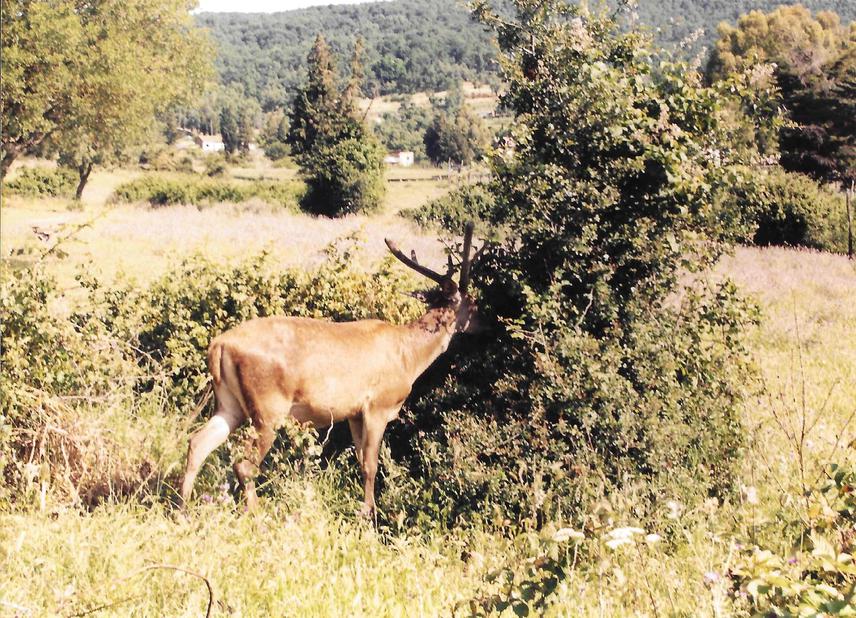Ghayet El Mouna Hajji
Other projects
The main objective of this research study is to prospect and select most adequate natural habitat for Barbary deer in four new national parks in the Northeastern part of Tunisia in order to reestablish a Barbary deer population in those areas.

The idea of this research project is a form of response to an urgent request from the forestry department of Tunis which is to develop a translocation plan for Barbary deer from El Feidja National Park to areas where they have been extirpated in the Northeastern part of Tunisia. In fact, the forestry department of Tunis has, recently (2010), created a network of protected areas such as Jebel Chitana-Cap Négro national park (10122 ha); Oued Zeen national park (6700 ha); Bent Ahmed natural reserve (1541 ha) and Jebel El Ghorra natural reserve (2539 ha) and intends to restore the habitat of Barbary deer in some parts of those protected areas in order to re-introduce in the future and with our guidance a small population of Barbary deer and ensure its survival.
Since it is the last surviving population of African red deer, measures should be taken in order to reduce the risk imposed on the population by inbreeding, forest fires or diseases. Our main task in this research study is to make an evaluation of those protected areas and make a choice for the most adequate sites for the release of Barbary deer in those new managed areas. More practical objectives are: prospection and assessment of the release sites evaluation of the vegetation cover, inventory of potential predators, inventory of competitors, inventory of water supplement, and relevance of anthropogenic factors. The evaluation of the release sites will be done, to the extent of possible, according to a standard evaluation system of species habitats. In a future research project we will be able to propose a translocation plan with all its components (release sites, release protocol and relocated population) and proceed to the realisation of this reintroduction operation with the close collaboration of the forestry department of Tunis (Agriculture Ministry) and some research institutions.